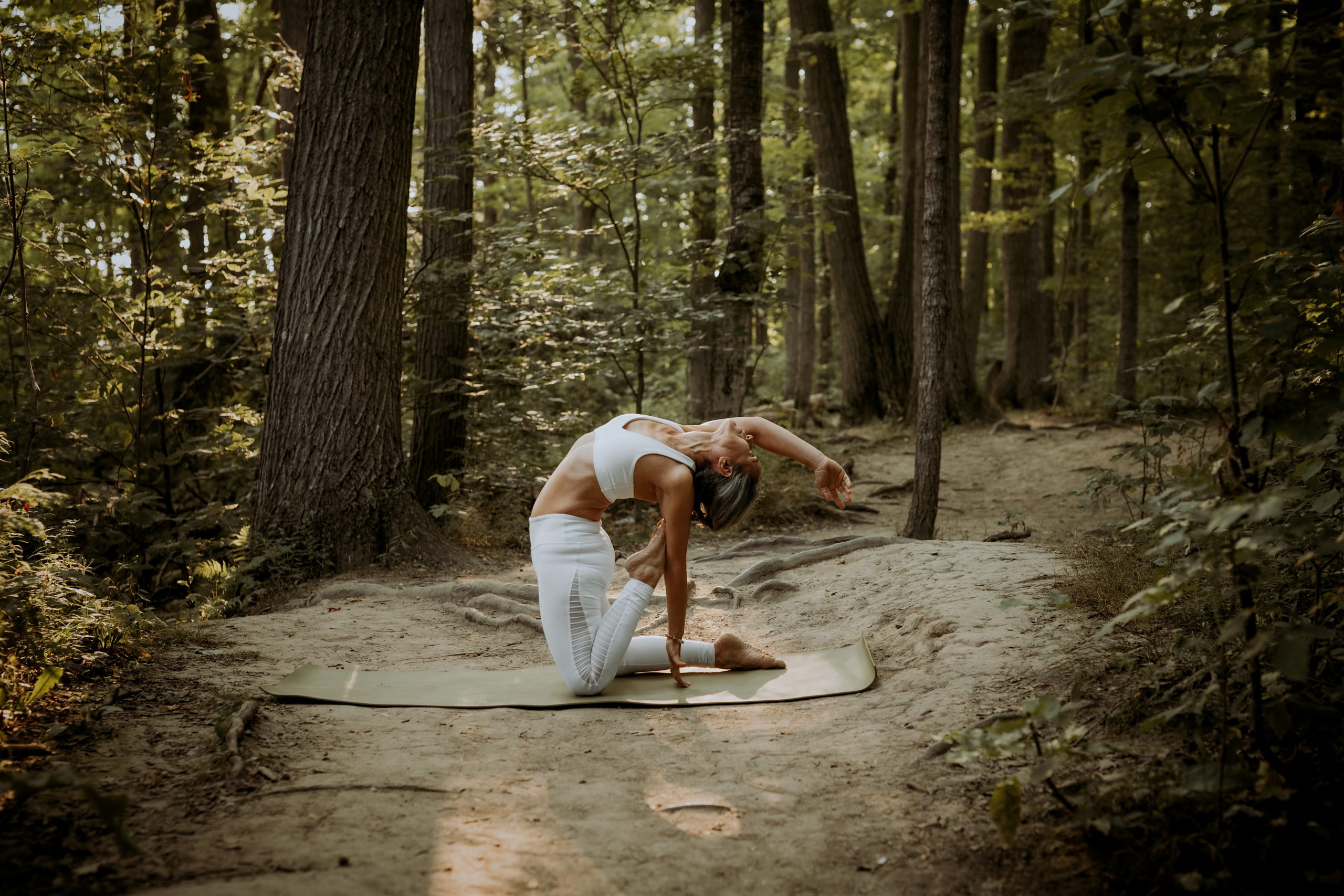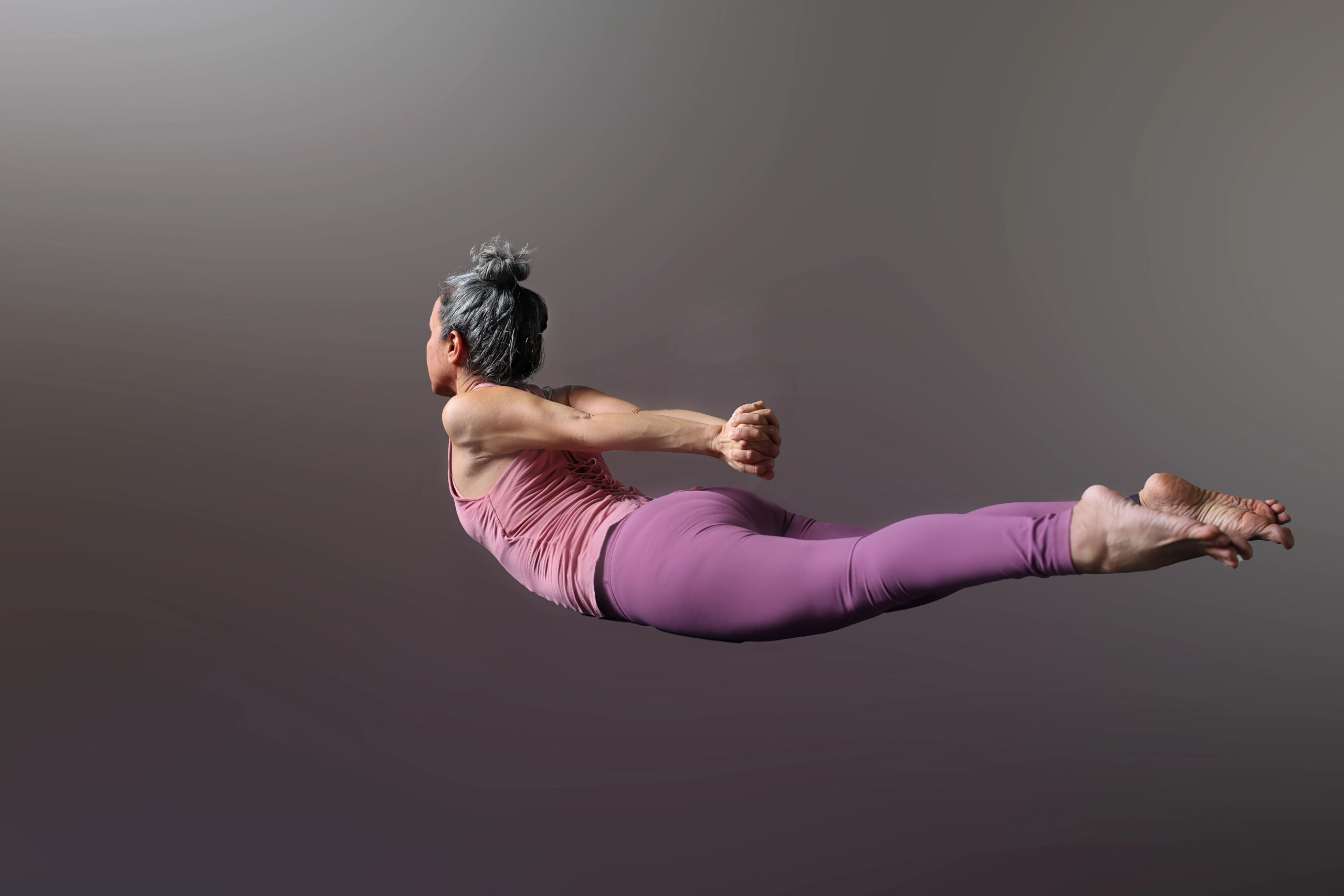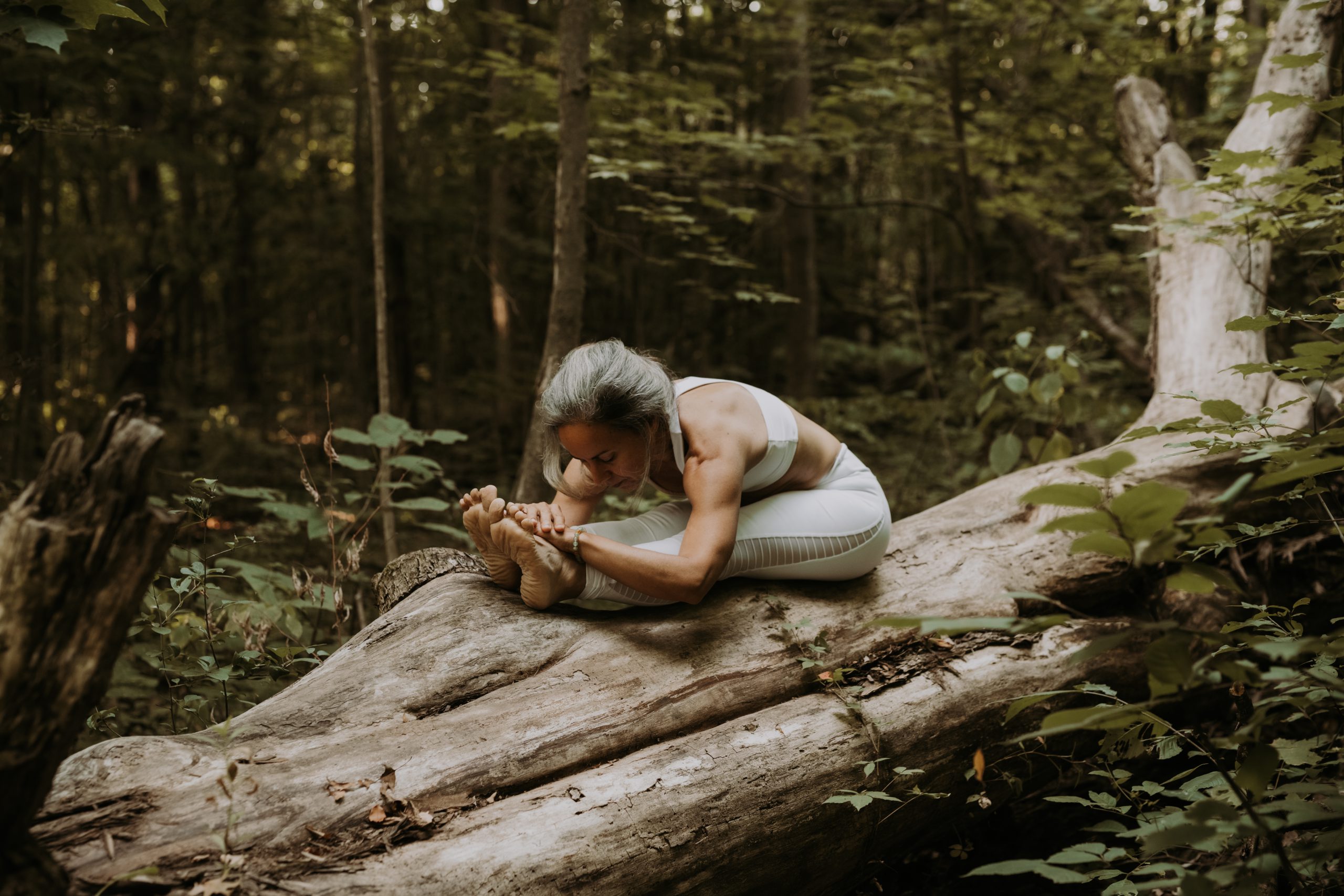Backbends are challenging (physical and mental); they can also be exhilarating, illuminating, and bring supreme blessedness.
Opening the heart also connects us to a deeper level of our soul, to our driving force and courage. It can make you feel that something inside has been liberated and that we are breaking free from limiting beliefs. This process is a nourishment for the heart and can facilitate an increase of self-esteem and confidence as the chest is open and our identity expands. I wonder if this practice can give us the learning act of giving ourselves out for the greater service, with the equilibrium of assertiveness.
In my personal practice and in the classes that I teach, there are often elements of backbends. Indeed, depending on the theme, they can be gentle and simple, or intense, especially if they are the focus of a plan.
Thoughtfully, backbends could trigger some vulnerability and fear. It is important to know where we are in our mental and emotional space before engaging in this level of heart exposure. Backbends were not my preferred movements in times of personal grieve.
I have read different classifications of backbends according to distinct points of view.
- Corresponding to how high they are from the ground up, backbends can be: low (i.e., cobra or bhujangasana); medium (i.e., camel pose or ustrasana); and high (i.e., dancer’s pose or natarajasana).
- Backbends can also be classified as symmetrical (i.e., sphinx pose, urdhva dhanurasana); or asymmetrical (i.e., anjaneyasana, virabhadrasana I, eka pada rajakapotasana).
- According to their foundations, backbends can be prone (i.e., cobra, sphinx, dhanurasana), supine (i.e., urdhva dhanurasana), standing (i.e., natarajasana), and kneeling (i.e., ustrasana).
- Belly down or belly up is another interesting and sweet grouping of backbends.
The primary effect of backbends is the stretch of the front of the body, while the secondary effect is the strengthening of the back of the body.
For the physical demands that backbends contain, there are essential key actions:
Legs and arms must be fully engaged. Strength is vital for the stabilization of the whole body. Cultivating strength in the hamstrings facilitates the opening of the fronts of thighs and hip extensions. Even in cobra, where legs are grounded, firing up the legs by pressing the tops of the feet on the floor makes the body supported to open the upper spine safely.
We maintain core stabilization and strong abdominal muscles to support the lower back and support spinal extension. In this core engagement, drawing the lower ribs in steadies the lumbar spine.
Balanced action of the legs (maintaining internal rotation) allows the hips to become more stable and relieves compression of the spine.
Managing integrated and aligned shoulder flexion and extension, with particular attention to every individualized range of motion. Focusing either less or more on shoulder extension or flexion, considering the pose built in the progressive sequence.
Body awareness of the thoracic spine-which naturally has little mobility. Unhealthy compensation patterns may happen without this consciousness, like using the hypermobility of the lumbar spine. Compensating healthily with integrity facilitates, at an anatomical level, one main reason to practice backbends: finding thoracic spine mobility in the direction of extension. A visualization of the curve as a whole, bringing the lower ribs in and lengthening the tailbone, could all be utilized.
Moving the spine in all different directions, slowly, mindfully, and progressively: twisting, spiraling, lateral flexing, and extending, to a healthy, functioning, and specially prepared and warmed up body.
Moving with the breath, slowly, and with full recognition.
A little personal note about counterbalancing backbends: Although most yoga teachers would agree that they are important to neutralize the stress that could be accumulated in specific areas, I have found that in yoga literature and yoga views in general, the element of “how” to counterbalance” is one of the most controversial. Counterposing does not come straightforward. Some traditions view forward bends as the universal neutralizers and to be always utilized in between poses (i.e., between a backbend and a twist). At the same time, other perspectives advise that using forward folds is “unskillful” as this opposite movement is extreme and risky for the spine.
I prefer to move out of backbends to a kind of “neutral” pose such as prostration pose or thunderbolt pose (sitting on the heels). Beyond the anatomical standpoint, which demands a spine with homeostasis-emotionally, is an excellent opportunity to absorb the experience. Something has occurred, and we can navigate all that information. We are not moving away, escaping too fast or too quick from that revolution. Instead, we gather vital knowledge and bring our emotions effortlessly back to natural balance. From here, and when ready, a mild twist to free a potential tension or “residue,” commonly in the lower back, could be the way to progress. Another neutrality seeking could be downward facing dog because it is a forward fold but not extreme, and it still has a mild form of backbend; this could be a transition for deeper forward folds. These counterposing rhythms do not need to wait until the end of a cycle but could be naturally inserted during the flow (apart from deeper forward folds, which I would leave mainly for the end sequence).
Overall, a well-executed backbend should feel manageable and easeful—not strained and uncomfortable. It should feel palatable, smooth, and with the feeling of having a curved arc all along the body.
t. lopez
I wrote this piece as part of Mandala 300-Hour of The School of Embodied Poetry assignments.


